-
Menu
-
Home
-
Photo of the week
-
Featured gallery
-
Favorites
-
Recent photographs
-
About
-
Contact
-
I have hundreds of photographs showing arches: arched entryways, arched corridors, arched ceilings, arched cathedrals. It seems like any scene with an arch framing a subject attracts my attention. An arched frame is much more pleasing aesthetically than a basic rectangular frame in a scene.
The frequency that arches show up in my photo files got me thinking. Why do I encounter so many arches, especially in architecture? What purpose do they serve? And where did the technique … Continue reading
Click on a photo to see a larger version
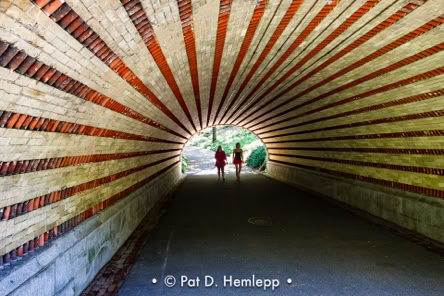
Walkers silhouetted near the end of Playmates Arch, Central Park, New York City.

Steps exit a tunnel carved through rock, Hocking Hills State Park, Logan, Ohio.
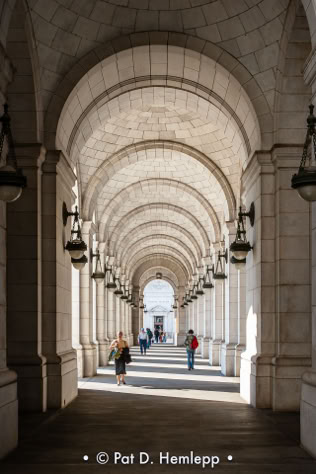
Arched walkway at Union Station, Washington, D.C.
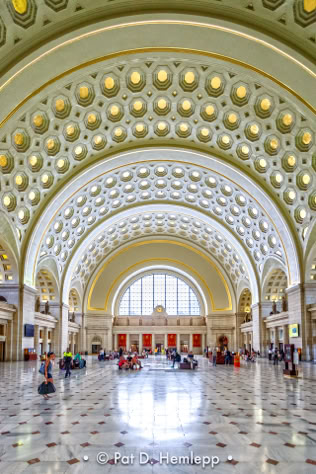
The view of the towering arches of the main hall of Union Station, the historic train station in Washington, D.C.
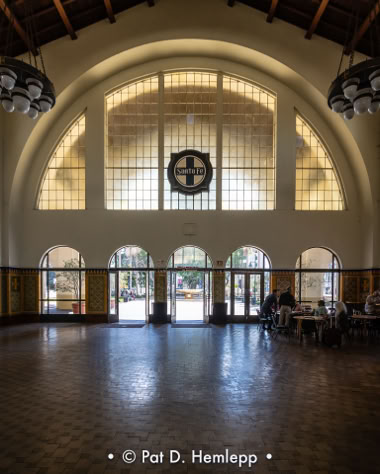
Arched windows and doors mark the exit from the Santa Fe Depot, the train station in San Diego.
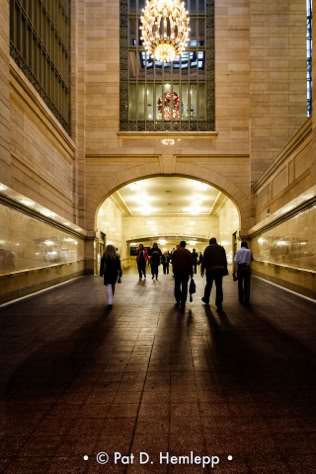
Travelers walk up the ramp leading to the main concourse of New York's Grand Central Station.
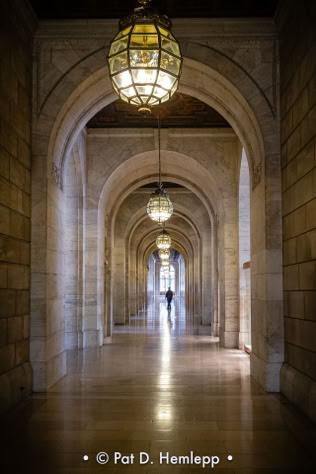
Viewing an arched hallway inside the New York Public Library, New York City.
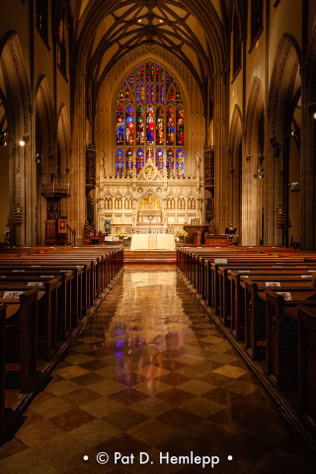
The interior of Trinity Church, located on Broadway at Wall Street in New York City.
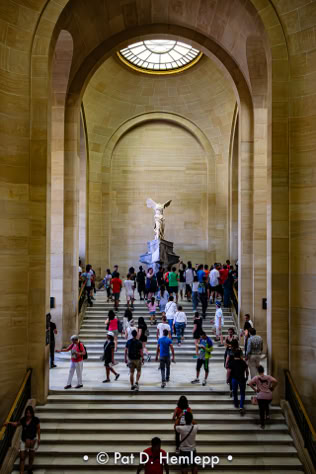
Winged Victory of Samothrace stands above a stairway in the Louvre Museum in Paris, France.

The skylight in St. Pancras International Train Station, London.
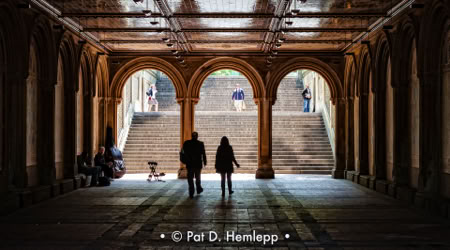
Visitors stroll through the Bethesda Terrace Arcade in Central Park, New York City.

Looking up at the columns and arches that separate a side corridor from the main hall of St. Barbara's Cathedral, Kutna Hora, Czech Republic. Construction began on the church in 1388.
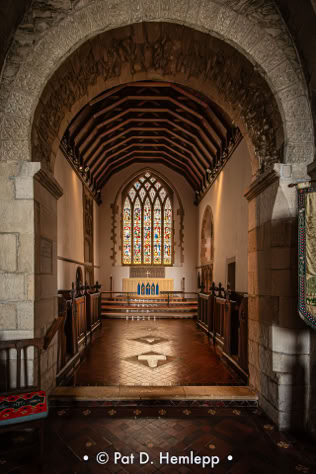
Chapel inside The Church of Saint Mary the Virgin in Bampton,, England, is illuminated by light filtering through a stained glass window.
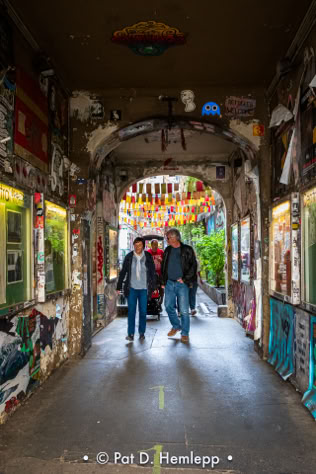
Visitors wall through the passageway exiting the Haus Schwarzenberg Street Art Alley in Berlin, Germany.

A painting by Italian artist Pietro Lorenzetti is framed by an archway in the Philadelphia Museum of Art.

Arched walkway at Union Station, Washington, D.C.

Ornate walls and marble arches and columns line the Great Hall in the Library of Congress in Washington, D.C.,
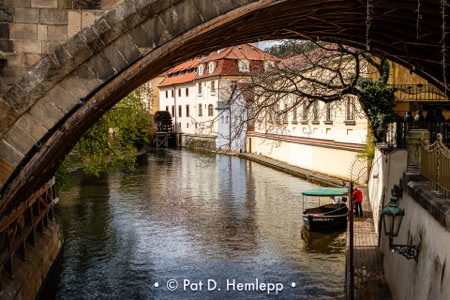
Workers prep a boat on Čertovka Canal, just downstream from the Grand Priory Mill as viewed under the Charles Bridge in Prague, Czech Republic.
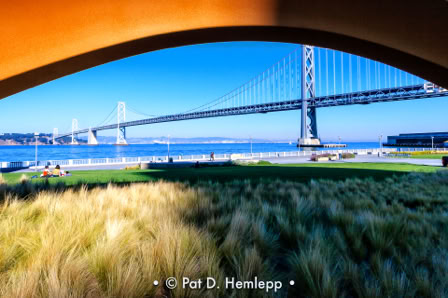
The Bay Bridge can be seen beneath the bow of "Cupid's Span, " a sculpture on the Embarcadero in San Francisco.
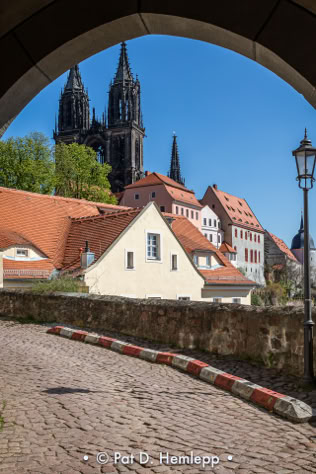
The Meissen Cathedral and other buildings are framed by a passageway on Schlossbrucke Street in Meissen, Germany.
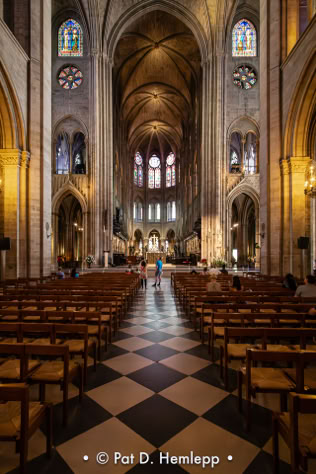
Stained-glass windows filter light into the soaring interior of Notre-Dame Cathedral in Paris, France.

Pedestrians stroll under the arch holding the big clock on Rue du Gros Horlage (Big Clock Street) in Rouen, France.

A passageway from the Lutherhaus courtyard leads to shops in Wittenberg, Germany.
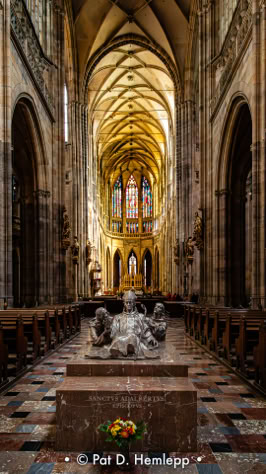
A view of the main nave of St. Vitus Cathedral inside Prague Castle, Prague, Czech Republic. The castle dates to 870 AD.
originate? With a few keystrokes into Google, I had my answer.
Blame the Romans, with an assist from the Sumerians and Babylonians.
According to historians, the use of arches in architecture can be traced back to Mesopotamia around 2000 BCE. Arches made of bricks were used for underground drainage systems during construction. Ancient Sumerians and Babylonians are credited with the invention of arches, but Roman builders perfected the design, and it became a common element in architecture around the first century BCE.
Early builders discovered, likely through centuries of trial and error, that the use of arches provides structural and functional benefits that can’t be achieved with more traditional posts-and-beam structures. An arch distributes the weight it supports outward along its curve to the abutments, or supports, on either side. This reduces the stress that would be borne by a flat crossbeam. Us of an arch allows for wider openings than could be achieved with a flat beam, which creates additional flexibility when designing a structure.
While arches were first used in underground draining, the Romans advanced the technique, using it to build complex structures that still stand centuries later.
The Romanesque era of architecture featured rounded arches, a common scene in older buildings throughout Europe. The Gothic era that followed introduced the use of pointed arches, which allowed for even greater height and more complex vaulting. Many older churches feature Gothic arches, with the pointed arch used to draw the viewer’s eye upward, creating a sense of the divine and symbolizing a pathway to heaven. And arches were used to mark entrances to cities, parks, or other important areas, serving as a gateway or divider. The Arc de Triomphe in Paris is a famous example of this use, although many older European cities have arches that separate parts of the city.
The Sumerians, Babylonians, and Romans didn’t consider the role that arches would play in visual arts like photography when creating and advancing arches in architecture. But as a photographer, I enjoy repurposing this engineering gem into a key element in my travel shots.